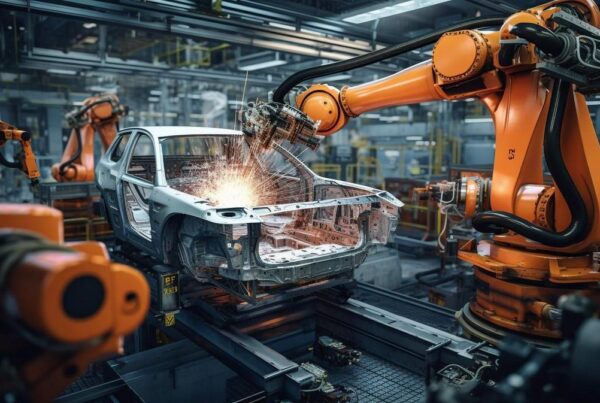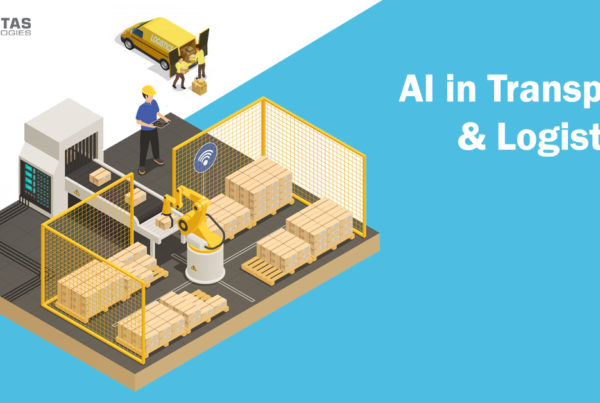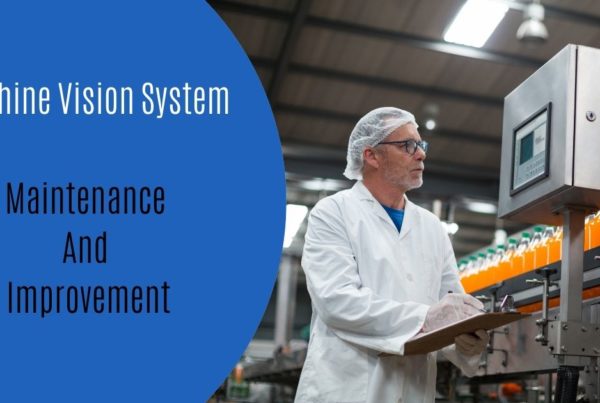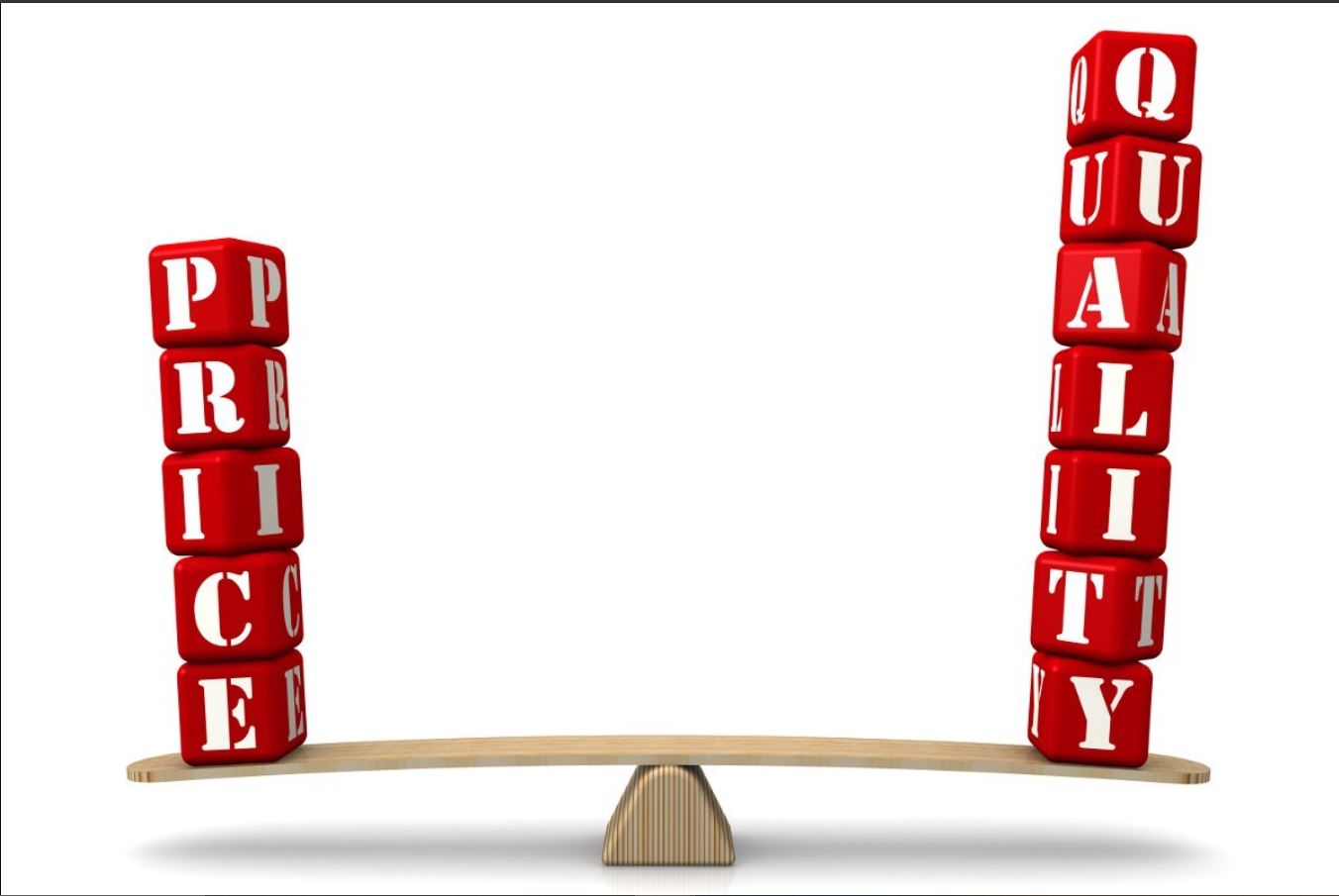
Importance Cost Of Quality In Manufacturing Industries
According to a study by Deloitte, India is expected to jump six ranks to No. 5 in the 2020 Predicted Manufacturing Competitiveness. A large part of the advantage is still India’s competitive labour costs. Contract workers in India are paid US$148 per month (Rs 10,000) compared to US$234 (Rs 16,000) in China. The Indian government has set an aggressive target of increasing the manufacturing share to 25% of GDP by 2025. For this to happen manufacturing quality is going to be a key differentiator in business. Companies need to invest a significant amount of time, money and effort towards delivering products and services that adhere to or exceed expected quality standards.
In the manufacturing industry, quality control is a process to measure product parameters against defined quality specifications and take requisite action if there are discrepancies. These specifications are determined through production standards and customer demands.
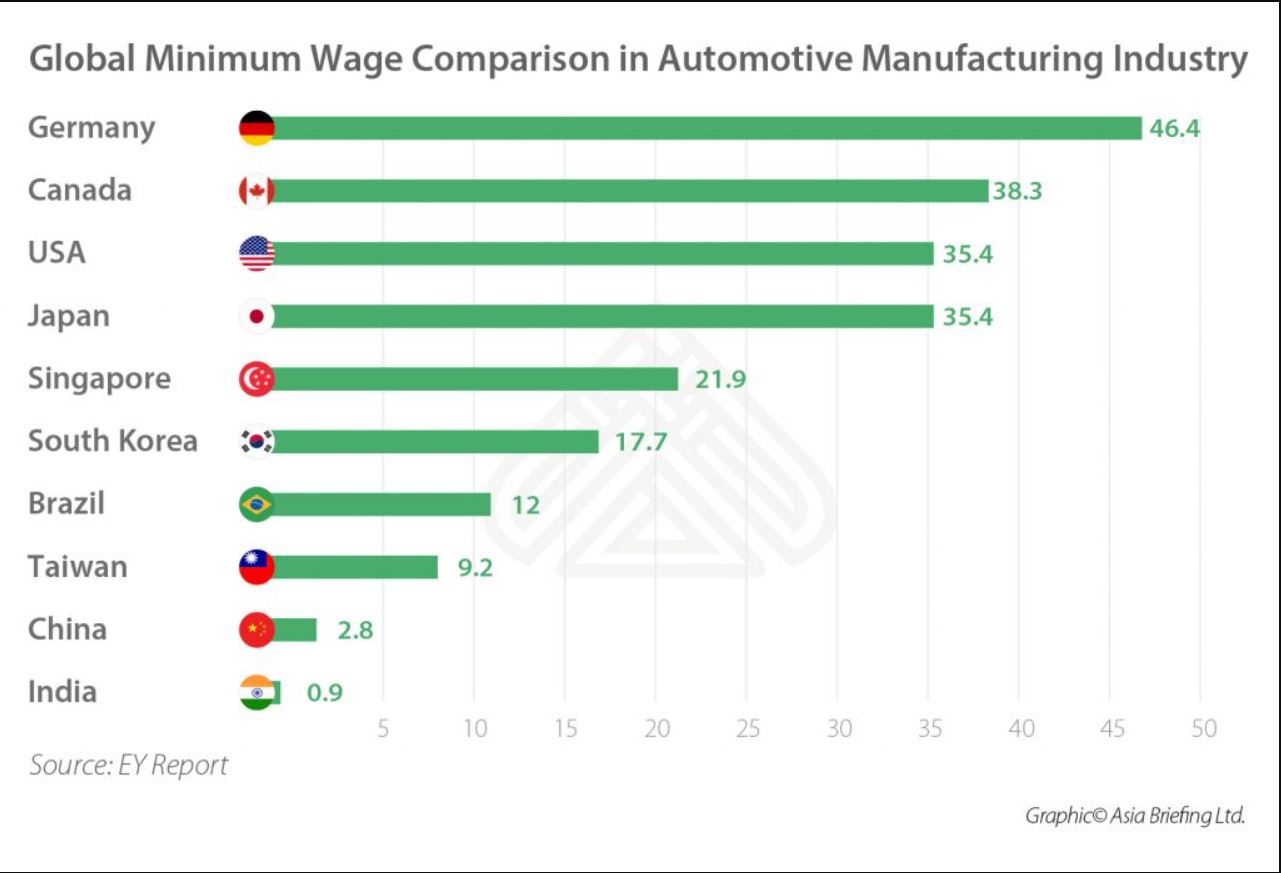
Attend Our Upcoming Free Webinar on Machine Vision and Artificial Intelligence

